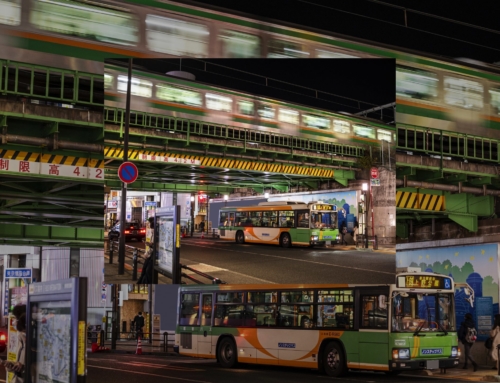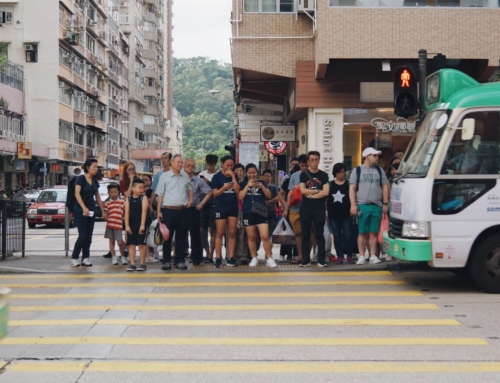Exploring what DRT is and is not in today’s world
Urban sprawl or the geographical extension of cities and towns into single-use zones such as residential areas has had a consequential effect on the realm of transportation.
As residents move further away from their places of work and entertainment for reasons such as more affordable housing, better standards of living, or better infrastructure, the average number of hours they spend on the road has increased.
In a country such as Malaysia, this means that suburban to rural areas are often left out of mass transit development plans, such as railways or metro lines, simply because they are not economically viable, thereby forcing citizens to rely on their own private vehicles instead of public transportation.
The most common form of sustainable transportation would be buses. However, public buses are notorious for their unreliable schedules and are restricted to certain fixed routes and timetables. Getting to a bus stop also becomes a challenge in itself. This has caused Malaysians to largely depend on private vehicles for commuting and day-to-day transport.
But the use of private cars is becoming less efficient due to congestion, the unavailability of parking spaces, and single occupancy usage. This in turn is increasing carbon emissions and causing adverse effects on the environment, creating unsustainable cities.
So is there a way to solve this conundrum?
Software and algorithms are revamping transportation and mobility with an abundance of new services and models, some of which offer a suitable first- and last-mile solution that complements public transport.
With the surging number of services, it can be confusing to understand the difference and the potential effects of each service on Malaysia’s transportation dynamics.
One such software-driven service stands out: Demand-Responsive Transit (DRT). It has a big, disruptive potential using digital applications to meet sustainability goals in a cost-effective way.
Demand-Responsive Transit (DRT)
DRT is a solution that solves the perennial problem in public transport of matching supply and demand. A DRT service responds to variations in demand by adapting its route and schedule.
Mid-capacity vehicles are commonly used for DRT services and this can include buses, passenger vans, and MPVs.
The on-demand nature of DRT is powered by intelligent routing that is coupled with a geo-zoning strategy, both of which enable operators to optimize every trip, thereby minimizing empty runs.
Due to its flexibility, DRT can be used to optimize routes for school buses, workers’ transportation, shuttle services for malls/hospitals/hotels, and feeder bus/van services for public transport stations.
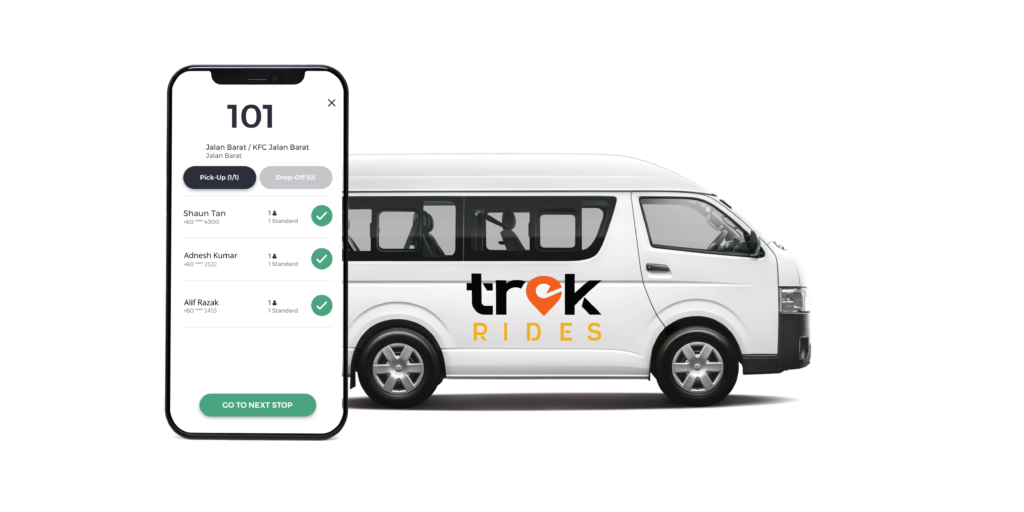
The key features enabling a DRT service are: (1) Intelligent routing & dispatching and (2) geofencing with virtual stops.
Intelligent routing & dispatching
Consider this: Can six people starting at different locations and going to different destinations ride the same trip efficiently? Can the vehicle pick up a seventh passenger without extending the trip duration for the other passengers?
What is the most optimized route to meet all of the bookings from a time and mileage factor, so that running costs are minimized without compromising passenger experience??
To accomplish the above, a DRT system requires advanced algorithms that perform these calculations in real time in order to match passengers to the right vehicles and to ensure minimum travel duration on an optimized route, while eliminating empty runs.
Such algorithms also need to be computationally efficient (calculate the optimum routes fast enough) as DRT is an on-demand service requiring results in real-time.
Geofencing with virtual stops
A geofence is a virtual perimeter set around a geographical region. Setting geofences allows operators to divide a large geographical region into smaller zones of operation.
Different zoning strategies can then be implemented to optimize operations and right-size a vehicle fleet to ensure a supply-demand match…
For example, instead of allowing a van to serve the entire Subang Jaya region, smaller geofences can be set up, each covering a collection of residential neighborhoods based on an origin-destination analysis that highlights demand patterns.
This strategy allows for many DRT zones to function as first-mile/last-mile services that will transport passengers to transit hubs/stations in each zone.
Virtual stops enable pick up and drop off at any location within a geofenced area, freeing the DRT service from needing physical stops that conventional bus & shuttle services require.
A typical DRT configuration would allow for street corner/end of block pickups where a passenger will be prompted to make a short walk to the end of the street or the end of the block (this distance can be configured according to the walking appetite of the society), or in most cases, a full door-to-door pick-up and drop-off.
Now that we’ve clarified what DRT is, let’s examine other services in the market and how they stack up against DRT.

Somewhere in between a city bus and an e-hailing ride, lies the concept of an on-demand shuttle. Instead of moving just one person like an e-hailing ride, on-demand shuttles pick up other people on the way.
This is done by bundling passengers with similar routes, producing a combined route accommodating all pick ups and drop offs.
While providing passengers with an estimated time-of arrival (ETA), these services do not incorporate the aforementioned real-time intelligent routing and dispatching features.
On-demand shuttles in this context run on a fixed route with fixed stops, and may even have a fixed timetable. The on-demand capability simply provides the passenger with a guaranteed seat booking and an estimated time of arrival.
While providing greater convenience to passengers, it is essentially a traditional bus service that allows for pre-bookings.
Vehicle-pooling Services
Another emerging supplement to public transit is bus/vanpooling services. Unlike on-demand shuttles, pooling services set up their routes by taking into account the origins and destinations of passengers.
Although vehicle-pooling can offer door-to-door trips for passengers, it requires advance bookings and are therefore not on-demand, and commonly operates with a specific cut-off window for bookings.
Other pooling services may accept on-demand bookings but do not guarantee arrival and journey time, as it does not intelligently route and dispatch the vehicles.
Passengers enjoy lower costs of travel with shared rides but do not have much certainty in travel time, while operators run the risk of high running costs as the trips can be haphazard without algorithmic optimization.
Ride-hailing
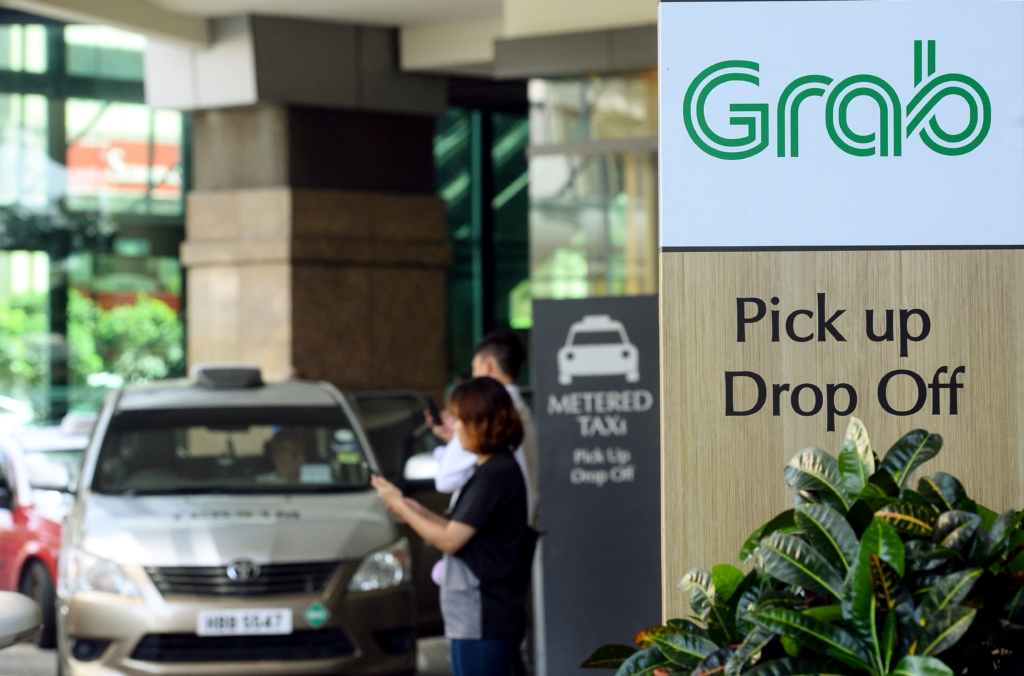
Ride-hailing, or e-hailing as it is commonly known in Malaysia, is an on-demand service that allows passengers to book a point-to-point trip, commonly using a small capacity vehicle (4 to 7 seaters).
Whilst being a convenient solution for short trips, ride-hailing tends to compete with public transport due to its ease of use and flexibility.
However, it is an unsustainable mode of transport for longer trips as costs escalate significantly. Recent research has also begun to indicate that ride-hailing is a major contributor to congestion in cities because it is common to find that only one passenger books a 4-seater/7-seater ride.
Some ride-hailing services do offer pooling options for multiple passengers to share a ride but this has never taken off in a way that was expected.
This is because it’s complicated to match rides in a free-for-all booking environment and ride-hailing operators have an inherent commercial interest to offer single-occupancy rides for maximum yield.
Ride-hailing services also have a dynamic schedule and operate at any time of the day as anyone with a private car can sign up to drive at their own time as opposed to fleets of public transport services that will employ professionally trained and licensed drivers with dedicated vehicles maintained and managed by the operator.
While ride-hailing services were fairly economical when the service was first introduced, the average cost per ride has climbed significantly in recent years due to dwindling supply of drivers and the plain economics of revenue and costs for the operators…
Conclusion
While there are some shades of similarities between these services, there are significant differences that distinguishes each of the above from a DRT service, and these are illustrated below:
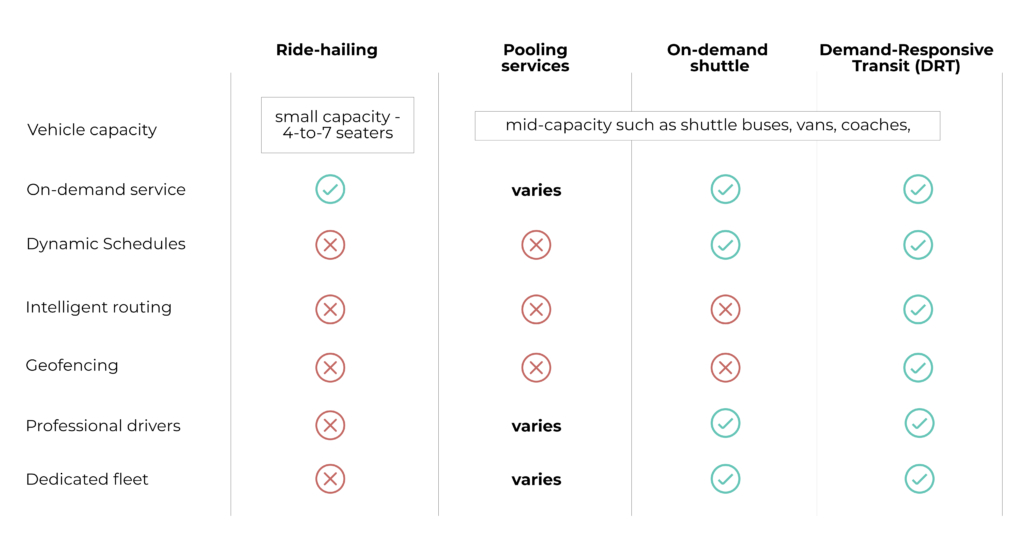
From our discussions so far, there can be no doubt that DRT is superior to other forms of services that do not have features such as intelligent routing and geofencing to create value for commuters. Put simply, DRT is the best solution for first mile-last mile and it is a key strategy to increase public transport ridership.
At Asia Mobiliti, one of our core goals is to use DRT as a means of creating a better public transportation alternative to what is available today. We have already successfully demonstrated this via our DRT pilot for our Trek Rides app.
In our next article, we shall explore the mechanics of a DRT system, what its features are, and its benefits to consumers.
Share This Story!
RELATED POSTS
Exploring what DRT is and is not in today’s world
Urban sprawl or the geographical extension of cities and towns into single-use zones such as residential areas has had a consequential effect on the realm of transportation.
As residents move further away from their places of work and entertainment for reasons such as more affordable housing, better standards of living, or better infrastructure, the average number of hours they spend on the road has increased.
In a country such as Malaysia, this means that suburban to rural areas are often left out of mass transit development plans, such as railways or metro lines, simply because they are not economically viable, thereby forcing citizens to rely on their own private vehicles instead of public transportation.
The most common form of sustainable transportation would be buses. However, public buses are notorious for their unreliable schedules and are restricted to certain fixed routes and timetables. Getting to a bus stop also becomes a challenge in itself. This has caused Malaysians to largely depend on private vehicles for commuting and day-to-day transport.
But the use of private cars is becoming less efficient due to congestion, the unavailability of parking spaces, and single occupancy usage. This in turn is increasing carbon emissions and causing adverse effects on the environment, creating unsustainable cities.
So is there a way to solve this conundrum?
Software and algorithms are revamping transportation and mobility with an abundance of new services and models, some of which offer a suitable first- and last-mile solution that complements public transport.
With the surging number of services, it can be confusing to understand the difference and the potential effects of each service on Malaysia’s transportation dynamics.
One such software-driven service stands out: Demand-Responsive Transit (DRT). It has a big, disruptive potential using digital applications to meet sustainability goals in a cost-effective way.
Demand-Responsive Transit (DRT)
DRT is a solution that solves the perennial problem in public transport of matching supply and demand. A DRT service responds to variations in demand by adapting its route and schedule.
Mid-capacity vehicles are commonly used for DRT services and this can include buses, passenger vans, and MPVs.
The on-demand nature of DRT is powered by intelligent routing that is coupled with a geo-zoning strategy, both of which enable operators to optimize every trip, thereby minimizing empty runs.
Due to its flexibility, DRT can be used to optimize routes for school buses, workers’ transportation, shuttle services for malls/hospitals/hotels, and feeder bus/van services for public transport stations.

The key features enabling a DRT service are: (1) Intelligent routing & dispatching and (2) geofencing with virtual stops.
Intelligent routing & dispatching
Consider this: Can six people starting at different locations and going to different destinations ride the same trip efficiently? Can the vehicle pick up a seventh passenger without extending the trip duration for the other passengers?
What is the most optimized route to meet all of the bookings from a time and mileage factor, so that running costs are minimized without compromising passenger experience??
To accomplish the above, a DRT system requires advanced algorithms that perform these calculations in real time in order to match passengers to the right vehicles and to ensure minimum travel duration on an optimized route, while eliminating empty runs.
Such algorithms also need to be computationally efficient (calculate the optimum routes fast enough) as DRT is an on-demand service requiring results in real-time.
Geofencing with virtual stops
A geofence is a virtual perimeter set around a geographical region. Setting geofences allows operators to divide a large geographical region into smaller zones of operation.
Different zoning strategies can then be implemented to optimize operations and right-size a vehicle fleet to ensure a supply-demand match…
For example, instead of allowing a van to serve the entire Subang Jaya region, smaller geofences can be set up, each covering a collection of residential neighborhoods based on an origin-destination analysis that highlights demand patterns.
This strategy allows for many DRT zones to function as first-mile/last-mile services that will transport passengers to transit hubs/stations in each zone.
Virtual stops enable pick up and drop off at any location within a geofenced area, freeing the DRT service from needing physical stops that conventional bus & shuttle services require.
A typical DRT configuration would allow for street corner/end of block pickups where a passenger will be prompted to make a short walk to the end of the street or the end of the block (this distance can be configured according to the walking appetite of the society), or in most cases, a full door-to-door pick-up and drop-off.
Now that we’ve clarified what DRT is, let’s examine other services in the market and how they stack up against DRT.

Somewhere in between a city bus and an e-hailing ride, lies the concept of an on-demand shuttle. Instead of moving just one person like an e-hailing ride, on-demand shuttles pick up other people on the way.
This is done by bundling passengers with similar routes, producing a combined route accommodating all pick ups and drop offs.
While providing passengers with an estimated time-of arrival (ETA), these services do not incorporate the aforementioned real-time intelligent routing and dispatching features.
On-demand shuttles in this context run on a fixed route with fixed stops, and may even have a fixed timetable. The on-demand capability simply provides the passenger with a guaranteed seat booking and an estimated time of arrival.
While providing greater convenience to passengers, it is essentially a traditional bus service that allows for pre-bookings.
Vehicle-pooling Services
Another emerging supplement to public transit is bus/vanpooling services. Unlike on-demand shuttles, pooling services set up their routes by taking into account the origins and destinations of passengers.
Although vehicle-pooling can offer door-to-door trips for passengers, it requires advance bookings and are therefore not on-demand, and commonly operates with a specific cut-off window for bookings.
Other pooling services may accept on-demand bookings but do not guarantee arrival and journey time, as it does not intelligently route and dispatch the vehicles.
Passengers enjoy lower costs of travel with shared rides but do not have much certainty in travel time, while operators run the risk of high running costs as the trips can be haphazard without algorithmic optimization.
Ride-hailing

Ride-hailing, or e-hailing as it is commonly known in Malaysia, is an on-demand service that allows passengers to book a point-to-point trip, commonly using a small capacity vehicle (4 to 7 seaters).
Whilst being a convenient solution for short trips, ride-hailing tends to compete with public transport due to its ease of use and flexibility.
However, it is an unsustainable mode of transport for longer trips as costs escalate significantly. Recent research has also begun to indicate that ride-hailing is a major contributor to congestion in cities because it is common to find that only one passenger books a 4-seater/7-seater ride.
Some ride-hailing services do offer pooling options for multiple passengers to share a ride but this has never taken off in a way that was expected.
This is because it’s complicated to match rides in a free-for-all booking environment and ride-hailing operators have an inherent commercial interest to offer single-occupancy rides for maximum yield.
Ride-hailing services also have a dynamic schedule and operate at any time of the day as anyone with a private car can sign up to drive at their own time as opposed to fleets of public transport services that will employ professionally trained and licensed drivers with dedicated vehicles maintained and managed by the operator.
While ride-hailing services were fairly economical when the service was first introduced, the average cost per ride has climbed significantly in recent years due to dwindling supply of drivers and the plain economics of revenue and costs for the operators…
Conclusion
While there are some shades of similarities between these services, there are significant differences that distinguishes each of the above from a DRT service, and these are illustrated below:

From our discussions so far, there can be no doubt that DRT is superior to other forms of services that do not have features such as intelligent routing and geofencing to create value for commuters. Put simply, DRT is the best solution for first mile-last mile and it is a key strategy to increase public transport ridership.
At Asia Mobiliti, one of our core goals is to use DRT as a means of creating a better public transportation alternative to what is available today. We have already successfully demonstrated this via our DRT pilot for our Trek Rides app.
In our next article, we shall explore the mechanics of a DRT system, what its features are, and its benefits to consumers.
